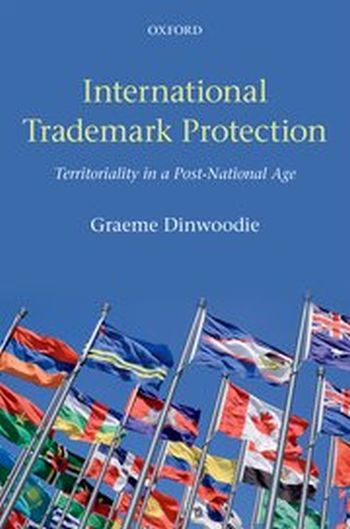
It is an unquestioned assumption of trade mark law that trade marks are territorial. But is territoriality relevant in a global marketplace? If trade marks are not dependent upon territoriality what are the alternative models for their protection? Professor Dinwoodie considers these important issues in this thought-provoking scholarly treatment of the concept and relevance of territoriality in modern trade mark law.
Professor Dinwoodie provides numerous key insights in this books. First, he highlights three alternative models that might facilitate the move to international protection: (a) protection through international institutions, (b) protection through evolution of national doctrine, and (c) protection through regional unitary rights. Second, by focusing on the surprising evolutions in national regimes, the resistance of European Union trade mark law to embrace fully the logic of the Community Trade Mark, and the weaknesses of the explicitly international system, Professor Dinwoodie identifies the key variables that will determine the ability of trade mark law to reflect a new post-national era. Third, by comparing and critiquing the different models, Professor Dinwoodie lays bare the policy choices and political dilemmas that underlie what is thought to be a relatively technical area of law, and advances a prescription for reconciling global markets with local values, cultures and institutions. Finally, Professor Dinwoodie draws these insights together to illuminate a number of characteristics of trade mark law: its role in industrial and economic policy developments; the extent of its subservience to political rather than commercial forces; the relationship between protecting goodwill and registration systems; the complexity of the values pursued by trademark protection; and, perhaps most fundamentally, why territoriality operates differently in trade mark law than in other intellectual property regimes.